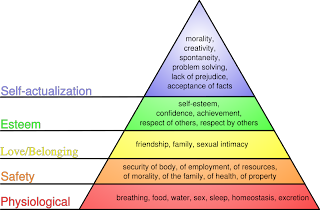Developing from a previous blog on 'Bringing the world to your Bedroom' I have experimented with not only environments and connecting with others on a 2D wall but now bringing what you want to your environment, enabling you to devise your perfect surroundings in any given space (that has been installed with these LED screens).
The idea enables you to chose from a 'memory bank' of places, products, people... almost anything can be attached to your bank by connecting to the internet. This virtual memory bank takes shape in built in drawers where you activate with touch, opening up the bank to enable you to virtally travel and transform your space.
 |
| People and Possessions |
 |
| Virtually Leaving Home to Teach in another environment |
The 360degree camera follows you in the 'shared' space letting someone visit your space virtually on the walls of your environment. Instead of overwhelming the space with double layered walls, you are able to select what you want to see and what you don't. In this example this lady has chosen her grandchild to visit her, whilst chosing a photograph of her and her husband's wedding.
It doesn't stop here. The oppertunities are endless...for example chosing wallpaper, lighting (a giant chandelier above your bed), and any other objects, scenes you want at that time.
 |
| Pop-up remembering 'app'. |
This is not an answer for going outside. It is simply an option for those unable to go outside, don't want to, or simply want to change their surrounding environments.
More to come..







